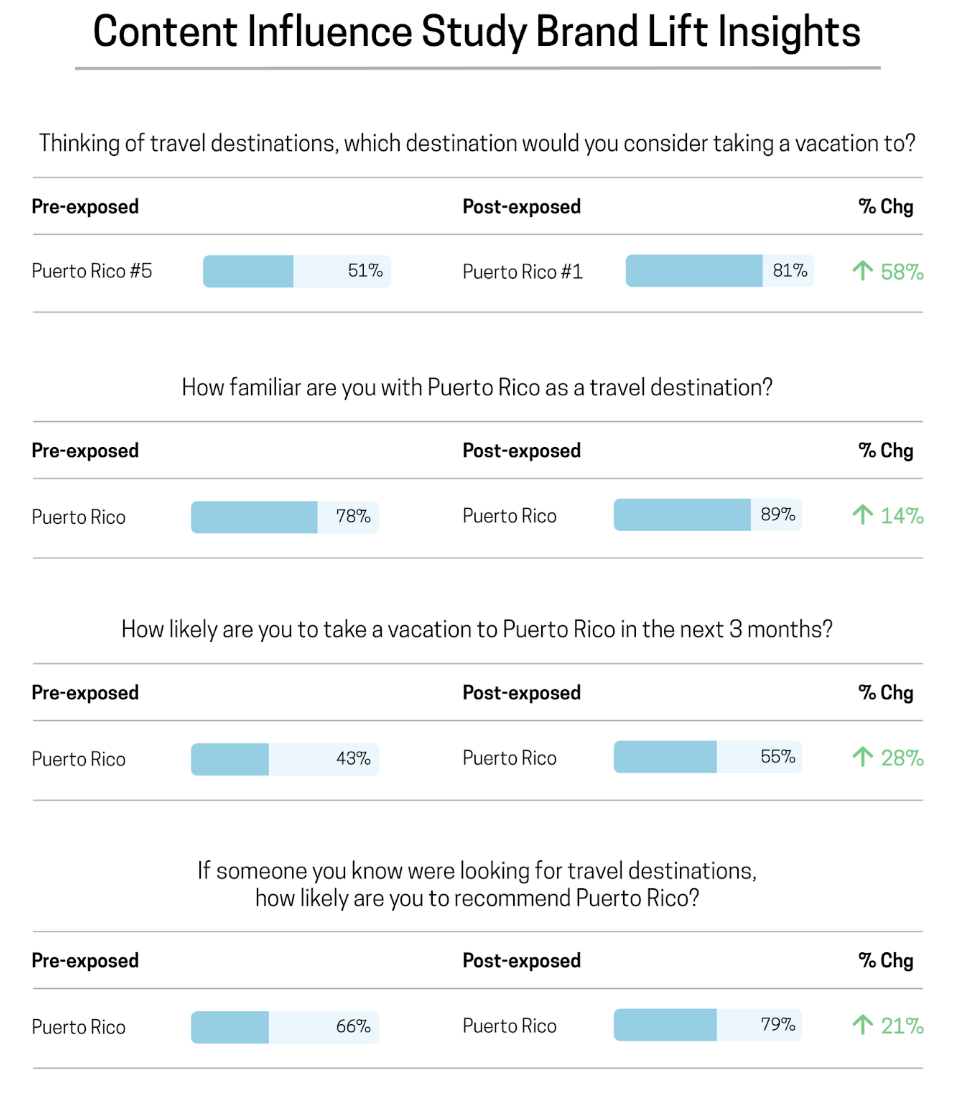Save 50% on a 3-month Digiday+ membership. Ends Dec 5.

By Justin Choi, CEO and founder of Nativo
For Facebook and publishers of the open web alike, the feed is considered sacred ground for users, delivering a direct stream of content and in-feed ads. Because these highly visible ads are mixed in with regular content, they can be powerful vehicles for influence and engagement. But just like any powerful tool placed in the wrong hands, this type of advertising can become a weapon to spread false news or influence with malintent.
But despite all the coverage about fake news, let’s not lose sight of the fact that in the right hands, in-feed advertising can be a force for good.
Research from The World Media Group (an alliance of media companies including The Washington Post, Bloomberg Media, The Economist, Forbes, Fortune, National Geographic, The New York Times, Time, and The Wall Street Journal) found that ads seen on trusted media websites are more attentively viewed by consumers. In-feed ads on sites like these can also be an especially big opportunity for cause marketing and social impact initiatives whose “good news stories” may not be able to garner earned press coverage.
Puerto Rico knows this challenge all too well. After the Caribbean was devastated by Hurricanes Irma and Maria last fall, The Puerto Rico Tourism Company used in-feed advertising to let the world know that the island is still around and open for business.
Despite the historic damage dealt by the two storms, stories about the plight of Americans on the island quickly disappeared from Facebook News Feeds and news coverage. The US territory’s Herculean effort to quickly rebuild and resume its tourism business was largely ignored. To keep Puerto Rico relevant and top-of-mind, The Puerto Rico Tourism Company and lead agency KOI Americas partnered with media agency Grain Group and Nativo to build an in-feed advertising campaign to boost tourism. The branded content featured vibrant photos and video that accurately portrayed the island’s current state as a beautiful and visitor-friendly destination.
Nativo conducted a Content Influence Study (CIS) to measure the campaign’s impact on business outcomes. The study showed significant lifts through every stage of the customer decision journey, from awareness to intent. Pre-exposure, respondents indicated that Puerto Rico was the vacation destination they would consider the least; post-exposure, this number jumped 58 percent, making Puerto Rico the most-considered vacation destination.

The Puerto Rico Tourism results are no outlier. Travel content naturally translates to native content, since it’s both visually enticing and a meaningful resource when readers are parsing the complex decision-making involved with planning a trip. As a result, Nativo saw more growth in the Travel vertical last year than in any other segment.
Health and fitness is another market where native advertising is growing, showing an investment in native that doubled from 2016-2017. The Oklahoma Tobacco Settlement Endowment Trust (TSET) used in-feed advertising when trying to spread the simple message that smoking is bad for your health. The leading causes of death in the state of Oklahoma—obesity and tobacco use—are preventable, meaning that these in-feed ads could inspire direct action. The Oklahoma TSET is devoted to preventing cancer and cardiovascular disease, and regularly publishes practical and actionable information about healthy living on their website. The challenge is that readers do not typically go to individual brand sites to discover and engage with content, even when a large investment of time and money goes into creating it. In-feed ads helped share the message without relying on their audience to click through to the Oklahoma TSET site.
In-feed ads, whether served on social media or the pages of premium media sites aren’t just a way to advertise and sell product, they’re a way to give exposure to positive stories. When we have the opportunity to help cause marketing and social impact initiatives, it’s a reminder that there are countless great stories that need to be told—and countless positive outcomes to support.
More from Digiday

Overheard in the Media Agency Report: How Assembly, IPG, Horizon and others use AI and will spend on ads in 2026
In this is behind-the-scenes look at Digiday’s 2025 Media Agency Report, ad execs discuss how the GDP and international sports could impact 2026 spend and how agencies and their clients are actually applying AI tools.

Instacart tripled its smart cart store count this year
Instacart’s smart carts are in triple the number of stores this year than they were in 2024, the company told Modern Retail.

Future of Marketing Briefing: The tells and flops that will define Omnicom-IPG mega holdco
The real story will sit in how this newly fused entity behaves — whether it breaks from the patterns that defined both parents or simply scales them.





